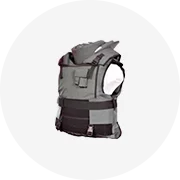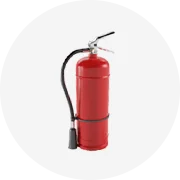







Fire fighting hydrant boxes are essential components in the realm of fire safety equipment. These boxes are strategically placed to provide immediate access to water for extinguishing fires, making them a crucial element in emergency response efforts. Designed to be both accessible and durable, they play a pivotal role in firefighting operations.
Diverse in types, fire fighting hydrant boxes come in various designs to suit different environments and requirements. Some are standalone units, while others are integrated into a building's infrastructure. Features may include weather resistance, break glass points, and secure locking mechanisms to ensure functionality and security.
The construction of a fire fighting hydrant box typically involves robust materials such as reinforced steel or high-grade plastics. These materials are chosen for their longevity and ability to withstand harsh conditions, ensuring that the hydrant boxes remain operational over extended periods.
Hydrant boxes are found in a variety of settings, from industrial areas to residential complexes. Their placement is carefully considered to maximize accessibility for firefighters, allowing for rapid deployment of hoses and other firefighting equipment when needed.
Installing the correct type of fire fighting hydrant box can significantly enhance the efficiency of fire response efforts. With features tailored to specific environments, these boxes provide reliable access to firefighting resources, which is critical in minimizing damage and ensuring safety.
Adherence to safety standards is paramount in the design and installation of hydrant boxes. They must comply with rigorous testing to ensure they meet the necessary safety requirements, providing reassurance that the equipment will perform as expected in the event of a fire.